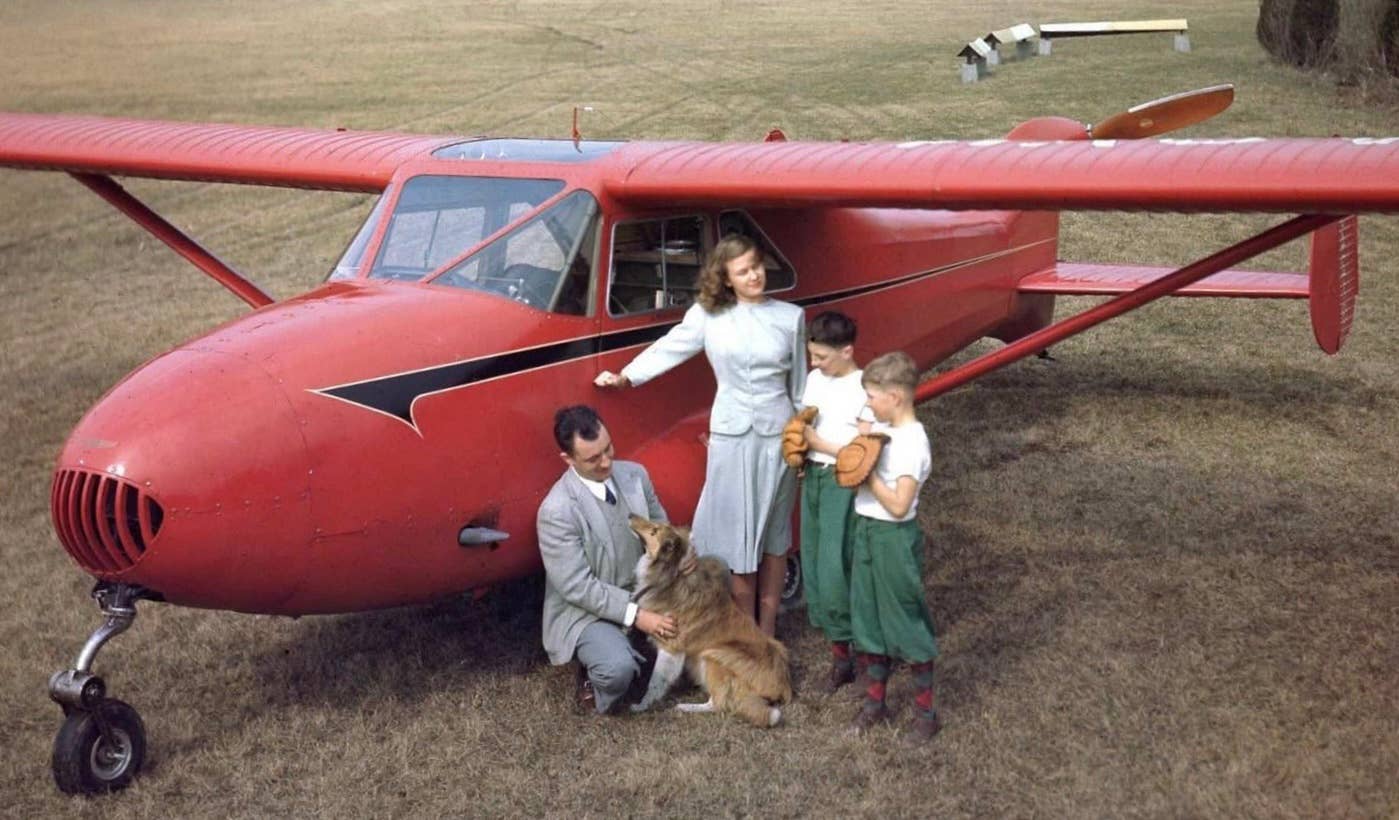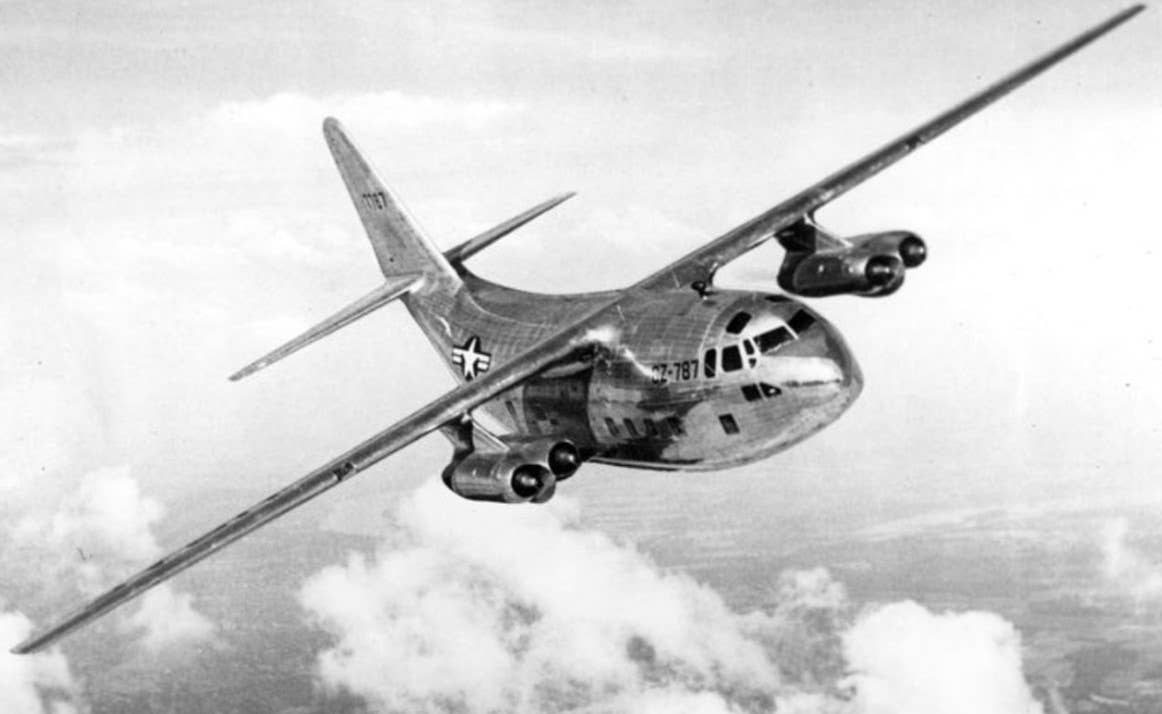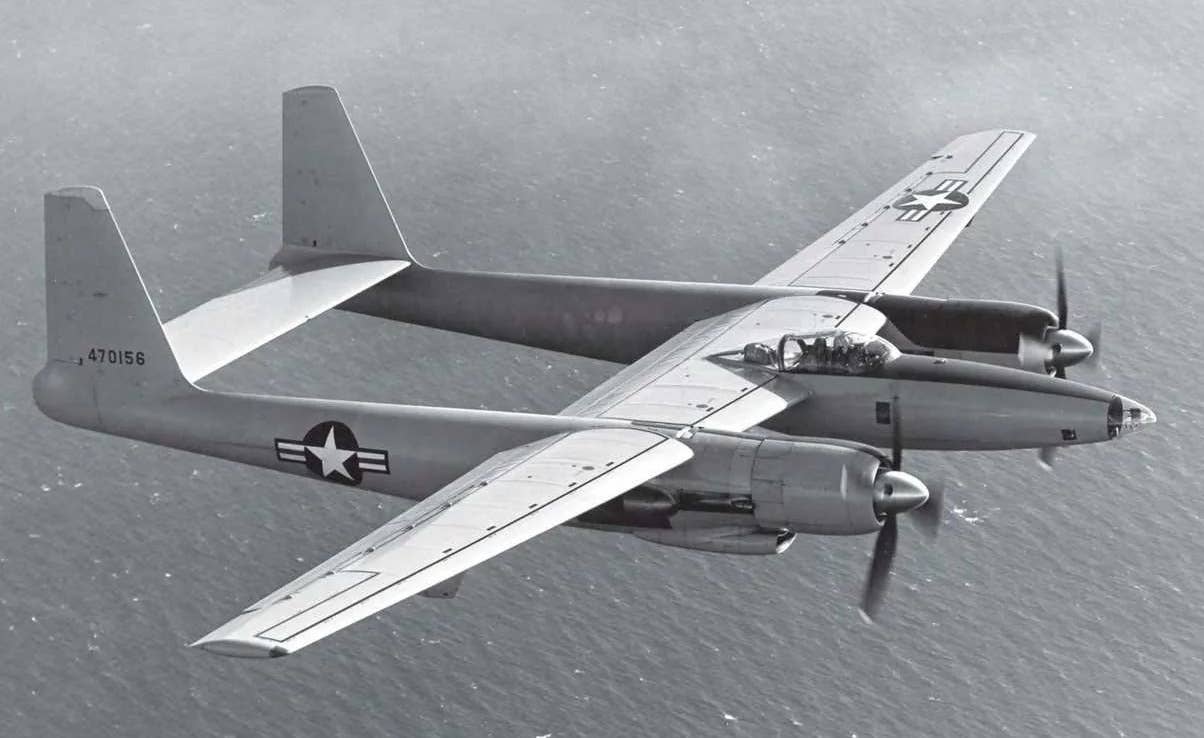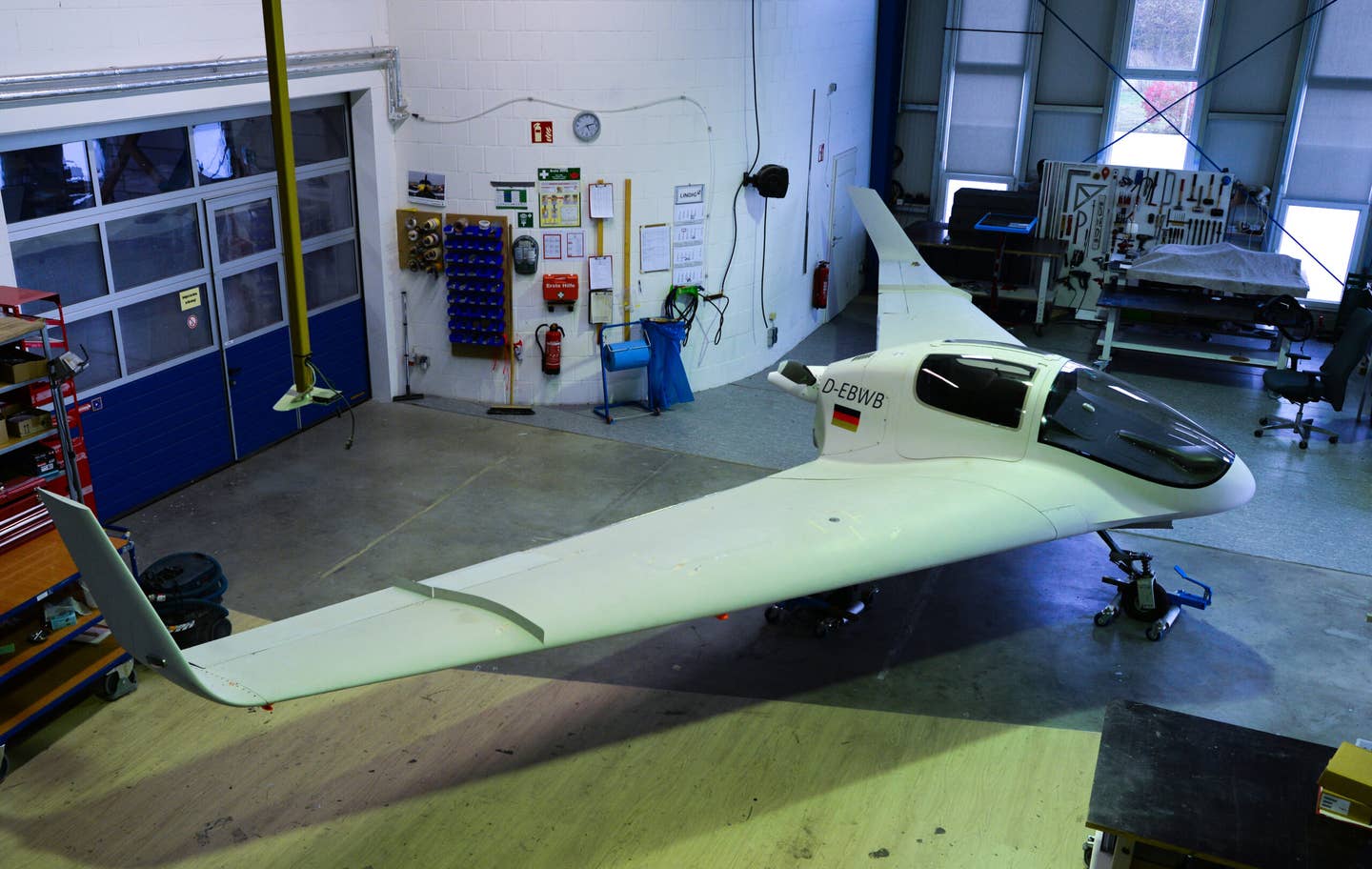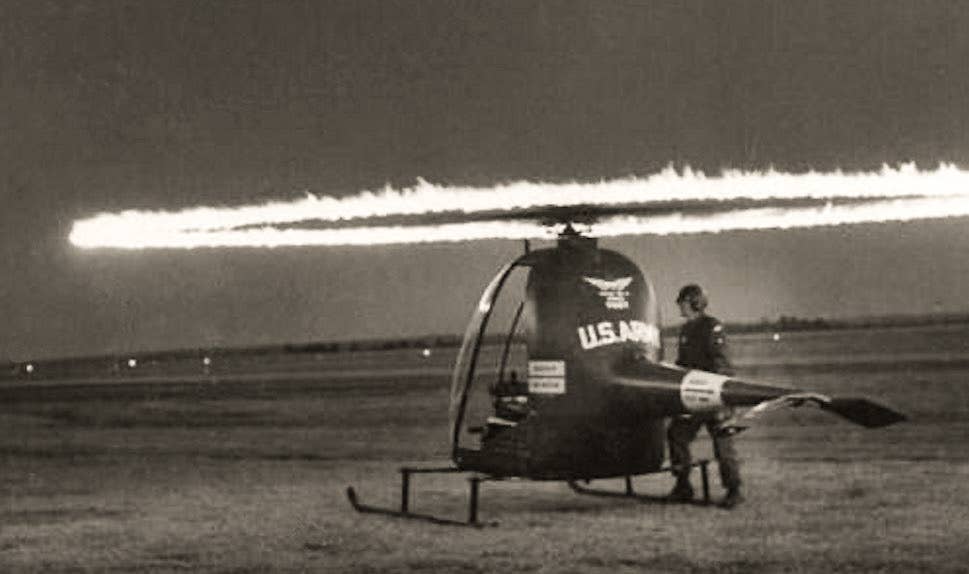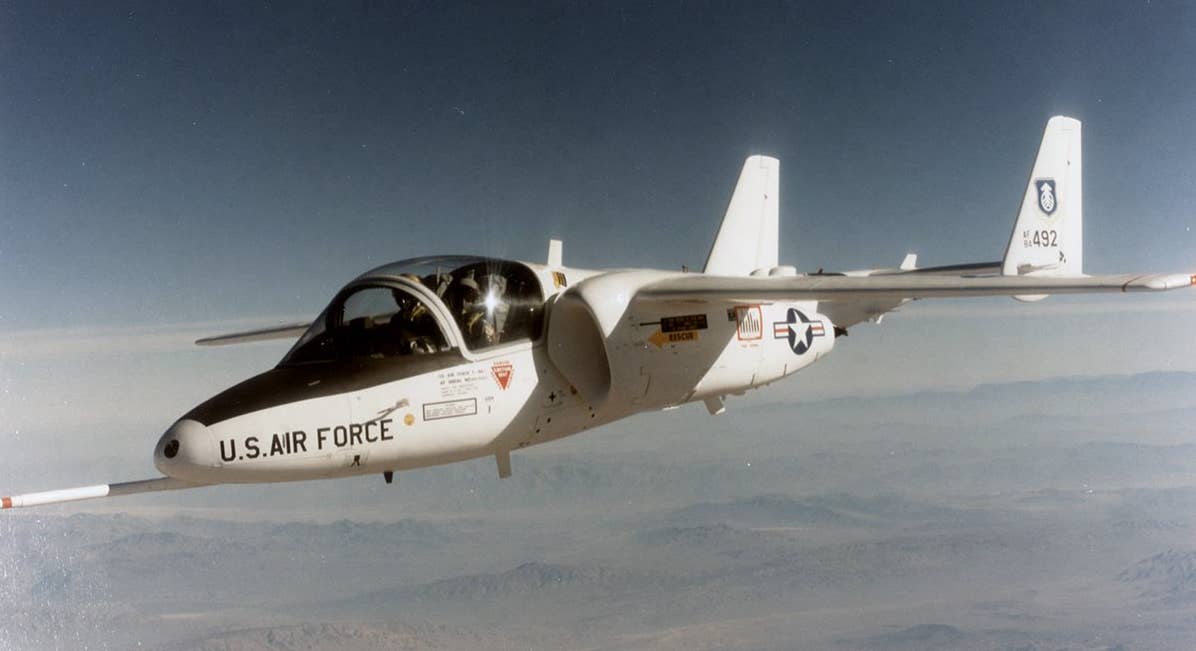The Unconventional, 440-Pound Aerosport Rail
This remarkable aircraft lacked a windscreen or enclosed fuselage but made up for it with a second engine.
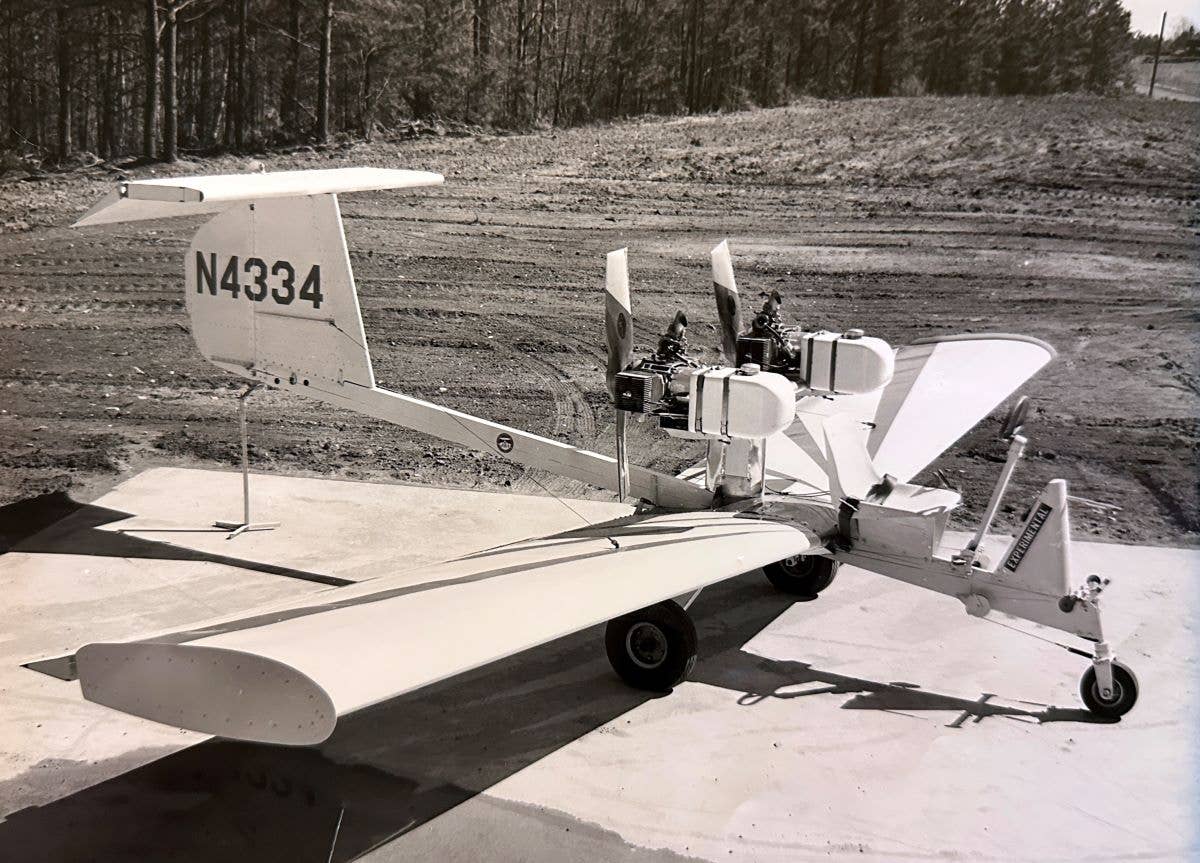
One of the smallest and simplest multiengine designs ever flown, the Aerosport Rail took minimalism to a new level. [Credit: Aerosport]
For as long as homebuilt aircraft have existed, enthusiasts have enjoyed a wide selection of small, single-seat types from which to choose. From speedy, stub-winged racers like the Cassutt to the Monerai P powered sailplane that weighs less than 300 pounds, variety abounds even among these tiny machines. But in the early 1970s, one exceedingly creative specimen emerged that blended a multiengine configuration with an empty weight of only 440 pounds.
The Aerosport Rail is a tiny, multiengine aircraft and a rather interesting contradiction. On one hand, its designers whittled away at it until every last extraneous element of the aircraft, including a windscreen and enclosed fuselage, was omitted. On the other hand, they introduced complexity and parallel systems by integrating a second engine.
Browsing through their circa-1970 marketing material, a backstory adds some context. Formed by a magazine editor and aeronautical engineer, the company prioritized safety, ease of assembly, low cost, and fun flying characteristics. And despite the outwardly primitive appearance, the unconventional design lends itself to these qualities.
The T-tail, for example, was chosen to place it out of the prop wash and eliminate buffet, which may have been a concern with a minimalist empennage that was perhaps more likely to bend and flex than other designs. The pusher engine configuration was selected to reduce noise and buffeting around the pilot, and having two engines offered a level of redundancy that made an engine failure a nuisance rather than a catastrophe. And the 2-cylinder, two-stroke, reengineered snowmobile engines were placed close together to minimize any asymmetric thrust resulting from an engine failure.
The designers apparently succeeded in all respects—and in the last one in particular. During initial testing, a pilot reportedly performed a takeoff with the left engine shut down and its propeller windmilling. Additionally, rudder effectiveness was reportedly maintained during single-engine flight all the way down to the 45 mph stall speed.
With both engines operating, performance was spritely. Marketing material promised a takeoff run of 230 feet, with the ability to clear a 50-foot obstacle in 1,230 feet. Cruise speed at 85 percent power and 2,000 feet was said to be 66 mph while burning just under seven gallons per hour total. Top speed was listed as 90 mph, the modest speed number reflecting the substantial parasite drag inherent in the entirely open design. Indeed, at lower speeds such as climbout, the Rail returned decent performance, with the 900 fpm climb rate easily exceeding that of, for example, a Cessna 150.
Considering the 440-pound Rail’s 100-mile range, 220-pound full-fuel payload, and complete lack of any design features related to comfort or ergonomics, this was clearly an airplane optimized for local flights. But for warm summer evenings bimbling around down low over hayfields and picturesque lakes, the peace of mind provided by the unique twin-engine configuration and completely unobstructed visibility would have made for a uniquely enjoyable experience.
Unfortunately, the Rail was not a commercial success. In addition to the company prototype shown here, FAA records indicate a Rail registered as N44HW was completed in 1976. An article in Sport Aviation mentions it had accumulated more than 14 hours by June of that year, but it was deregistered only four years later. Another Rail, registered as a “Rail II” and wearing the registration N27T, was completed in 1975, but it’s unclear whether it was ever flown.
Whether the lack of success was the result of a technical obstacle not mentioned in Aerosport’s marketing material or whether the Rail simply succumbed to the business challenges that have claimed so many other designs over the years is unclear. Whatever the reason, the aircraft depicted in every photo of the type seems to have disappeared entirely, and its registration was canceled in 1976, six years after its first flight.
Ultimately, it’s a sad and all-too-common end to an interesting chapter of aircraft design. A floatplane version was in the works, and had that come to fruition, the resulting machine would have amounted to a mini-AirCam, offering similar levels of fun and redundancy at a far lower price. Even comparing landplanes, the Rail, at $2,495 for the complete kit including engines, cost only 20 percent of a new Cessna 150.
Though the Rail was unconventional to the point of bordering on crazy, and though it was, like many other private aircraft designs, a commercial failure, it looked to offer more fun per dollar than most other types of the era. Perhaps one day it will be resurrected. At the very least, it could enable aspiring professional pilots to build their multiengine time more affordably than ever.

Subscribe to Our Newsletter
Get the latest FLYING stories delivered directly to your inbox

